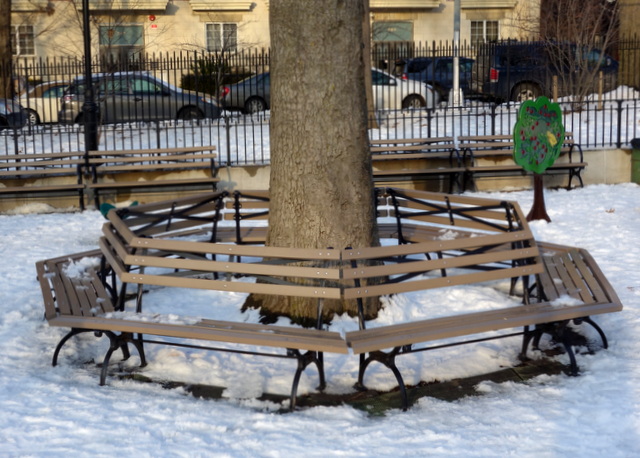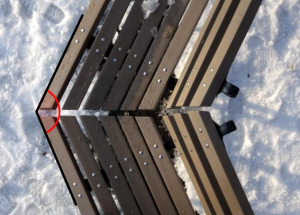I recently faced an interesting optimization problem.
Through my local grocery store’s rewards program, I earned a one-time 20% discount, to be applied to a single future shopping trip. Naturally I wanted to maximize the value of my discount, and the more I spent, the more I would save. But like all optimization problems, there were a number of constraints involved.
First, I wanted to buy only things I would actually use. This prevented me from buying things like saffron (expensive things that would drive up the value of my 20% discount) because I wouldn’t use them. It also limited the quantity of high-priced proteins I would buy, as such things need to be consumed quickly to be enjoyed.
Second, I could only buy what I could carry, since I walk to and from the grocery store. This put global constraints on the volume and weight of my purchases, which made me think about maximizing cost per-unit-weight/volume at a local level.
All in all, I’d say I did pretty well! With some planning and foresight, the total value of my 20% discount ended up being around $46. And I don’t think I’ll need to buy dried basil any time soon.


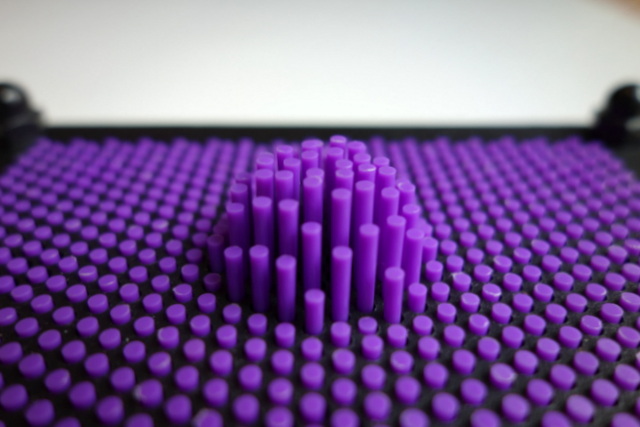
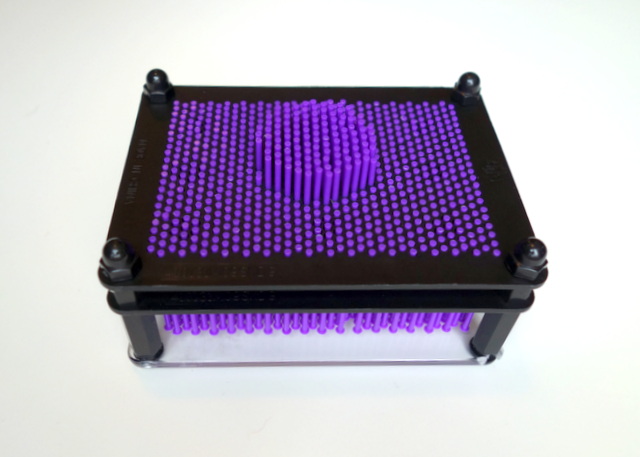
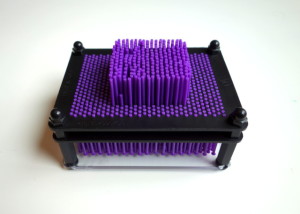
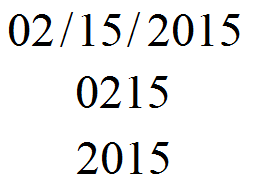
 My latest piece for the New York Times Learning Network is a math lesson exploring personal savings and the power of compound interest. The piece was inspired by a new program in Illinois that creates an automatic payroll-deduction savings program for all state residents.
My latest piece for the New York Times Learning Network is a math lesson exploring personal savings and the power of compound interest. The piece was inspired by a new program in Illinois that creates an automatic payroll-deduction savings program for all state residents.